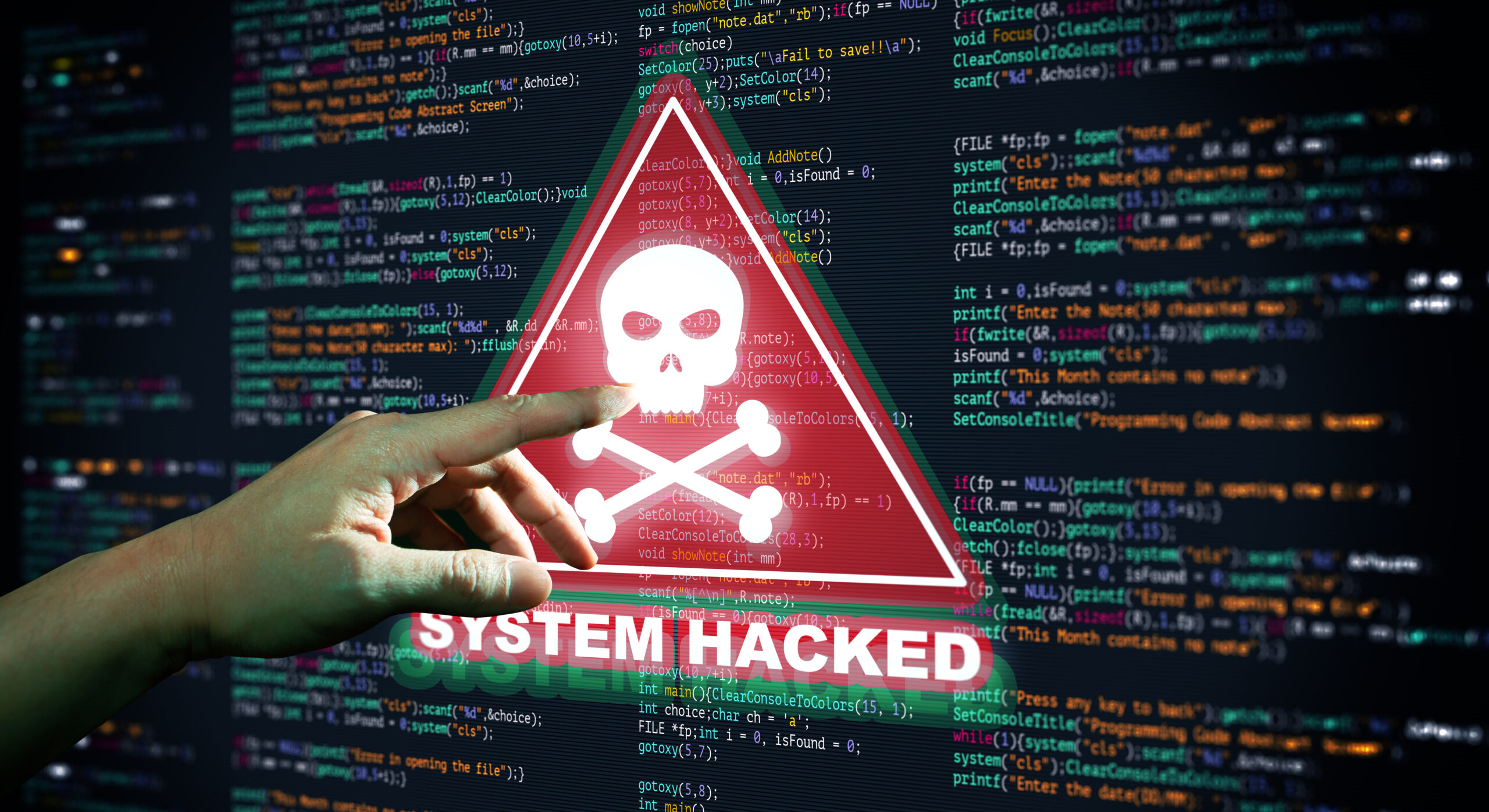Penetration testing is one of the most vital elements of any cybersecurity program. While once limited to evaluating network environments, the scope of pen testing has expanded dramatically alongside advancements in technology. From cloud computing and IoT to AI-driven systems, the attack surface has grown exponentially, making frequent and comprehensive testing more important than ever.
Over the past few years, the cybersecurity landscape has witnessed transformative changes. The addition of cloud environments, mobile applications, and APIs, coupled with the rise of artificial intelligence, has ushered in a new era of innovation—and challenges. While these advancements offer unparalleled efficiency and convenience, they also provide cybercriminals with a broader range of vulnerabilities to exploit.
In response, penetration testing is no longer a one-time or twice-a-year activity. Today, effective cybersecurity programs demand regular, targeted testing across every layer of an organization’s IT infrastructure. Encouragingly, we’ve seen a marked increase in manual penetration testing in 2024, signaling that businesses are recognizing the need to take a proactive stance against modern threats.
However, with the growing complexity of technology, many organizations face another challenge: shrinking internal cybersecurity teams. This makes enlisting third-party specialists for penetration testing not just an option but a necessity. A dedicated testing partner can fill the gaps, ensuring no vulnerabilities are overlooked and your defenses are always one step ahead.
The Areas You Must Test
It’s crucial to expand your testing protocols to include a comprehensive range of asset types. Here’s a foundational list of critical areas that demand attention in your penetration testing strategy:
- Web Applications: Applications accessed via the internet, including APIs used to feed data into these applications.
- APIs: Standalone Application Programming Interfaces that operate independently of web apps, providing data connectivity and integrations.
- Mobile Applications: Apps designed for smartphones and tablets, a growing target for cyber threats.
- External Networks: Internet-facing components such as portals, website servers, and other public-facing infrastructure.
- Internal Networks: Devices and systems protected behind a corporate firewall, including domain servers and network shares.
- Cloud Configurations: Assets hosted on platforms like AWS, Microsoft Azure, and Google Cloud Platform. Misconfigurations here can lead to significant vulnerabilities.
- AI/LLM Systems: Artificial intelligence and large language models that drive automated decision-making and natural language processing.
- IoT Ecosystems: Embedded devices, firmware, and physical elements interconnected with IT infrastructure.
Why Comprehensive Penetration Testing Matters
Increased testing frequency and a holistic approach to penetration testing ensure that no process or asset type is left vulnerable. Yet, we frequently encounter organizations overlooking basic testing protocols or omitting critical assets altogether. Cybersecurity threats evolve at a rapid pace, and missing even a single weak point can have disastrous consequences.
Investing in thorough penetration testing offers:
- Proactive Defense: Identify vulnerabilities before they are exploited.
- Enhanced Security Posture: Build robust defenses across all asset types.
- Regulatory Compliance: Meet evolving industry standards and reduce liability.
Budgeting for 2025
When allocating your cybersecurity budget for this year, prioritize comprehensive penetration testing. It’s a cornerstone of an effective cybersecurity strategy and ensures that no assets are left unprotected. While it may seem like a daunting investment, the cost of proactive security measures pales in comparison to the potential financial and reputational damage caused by a breach.
Penetration testing is no longer optional—it’s essential. By covering every area of your IT environment, you can safeguard your organization against evolving threats and ensure a more secure future.
Let’s work together to ensure no stone is left unturned in your cybersecurity program. Contact Saturn Partners today to discuss your testing needs and strategies for a secure 2025.

